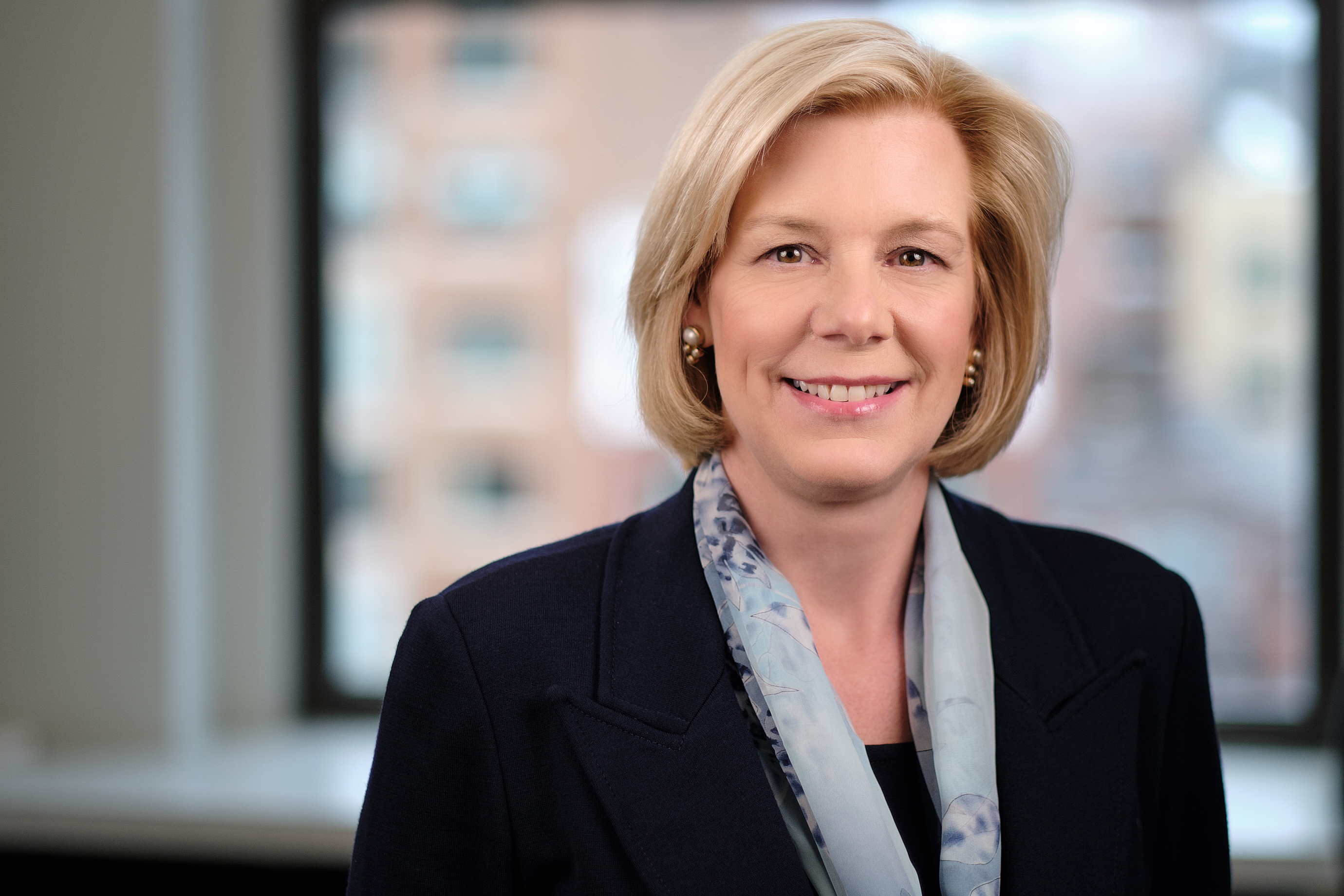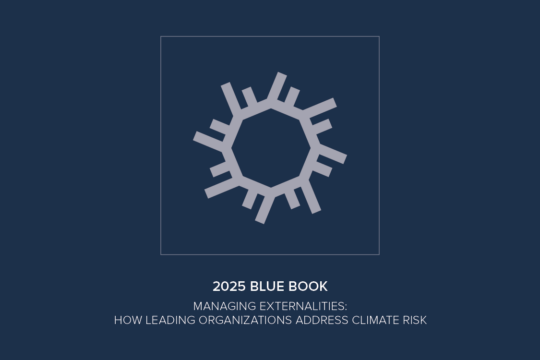
A version of this article appeared on Forbes.com.

A version of this article appeared on Forbes.com.
Over the last several years, it has become clear that investing in climate-related assets in low and middle-income countries is critical to achieving successful decarbonization of the global economy. Given demographic trends and the need for energy for development, the World Bank estimates annual climate-related investment needs for all low- and middle-income countries, other than China, at $574 billion per year (2.8% of GDP) between now and 2030.
There have been declarations of trillions of dollars available for climate investing and extensive discussions about public/private blended finance. But to date, little capital has moved.
Why not?
Because there is a fundamental disconnect between how institutional investors invest and how climate opportunities are being presented. The bulk of investable capital is controlled by large institutional investors – asset management firms, pensions, sovereign wealth funds, and the like. These institutions deploy capital with “ticket sizes” in the billions of dollars, often from their offices in New York, London or other major financial centers. But the opportunities for climate-focused investments in low and middle-income countries are often presented for a particular project in a particular country, a few million dollars at a time.
So even if there were ample opportunities and ample interest, there is no conduit to get the capital flowing. Major investors are simply not set up to deploy capital in small ticket sizes to so many projects on a one-by-one basis, no matter how attractive the opportunity might be.
And many countries do not have a mechanism for attracting and deploying large investments in a diversified manner. Development banks often look for funding for a particular region or country – by definition, not particularly well diversified.
To get the money flowing, the baseline requirements for large institutional investors must be met:
These are issues that capital markets tools can address. If we can create the structures that allow large climate-oriented investors to put money to work efficiently, at scale, in attractive risk/return investments, the market will take it from there. There are three structures that have been deployed for years to solve similar problems.
Corporations manage multiple projects at many different points in their lifecycles. Investors simply invest in the stock or bonds of the company, thereby driving real scale. An investor does not evaluate every project a company is pursuing. Instead, it evaluates the board and management team, the strategy, and the financials over time. It is management’s job to make project level capital allocation decisions and provide an overall strong return to the investors. Global energy and mining companies are examples of this corporate structure that work. They have developed the expertise to manage complex projects in countries around the world, work with governments, and deploy capital with various time horizons. We need the equivalent for the energy transition: more climate-oriented corporations pursuing these projects.
As with the corporate structure, fund investors don’t invest in a particular project in a particular country but will instead look to their managers to do so – and will judge them on the overall performance of the fund both in terms of return and in terms of climate impact. A recent example is Brookfield. In February, Brookfield announced it had raised $10 billion in the first closing of the second Brookfield Global Transition Fund – a follow up to its initial $15 billion closing in 2022. Then, in June, they announced the Catalytic Transition Fund, targeted to raise another $5 billion for climate finance in emerging markets. Diversifying investments by pooling projects, countries and timeframes is a critical tool that could be used more extensively in the climate investing space.
Consider the United States’ mortgage market. Years ago, a local bank would have lent money for mortgages in its hometown and kept those mortgages on its balance sheet. Today, mortgages are originated, pooled, securitized, and sold so that investors can select their desired level of diversification, quality, and terms. Securitization is a viable option to really scale the amount of money going into decarbonization projects in low- and middle-income countries. Like in the mortgage market, diversification, known quality, and consistent terms would go a long way.
Tranching would enable a securitized climate investment to have various “layers” of risk and return, with, for example, a country or development bank investing in the riskier tranches at the bottom of the stack. While these structures can go awry (see the 2008 global financial crisis), they are well-understood and can be priced in a way to attract large amounts of capital. Insurance is common for mortgages that do not meet the required loan-to-value ratios to attract capital, and insurance could be used to attract capital to developing market climate projects. Governments from higher-income countries could provide such insurance, leading their markets to become the center for trading climate investment securities.
Institutional investors will only invest with an appealing outlook vis-a-vis risk and return – and rightly so. Their job is usually to pay for someone’s long-term financial goals, and they need to fulfill their obligations. Investing in low and middle-income economies is generally riskier due to currency and political uncertainty, and investing in climate projects in these countries can seem a bridge too far. These are, however, tried and true ways to transfer or mitigate risk in other markets that could be applied here.
The capital markets have developed mechanisms over time to be the conduit from sources to uses of capital. Using these capital markets tools to build that pipeline between institutional investors, mostly in higher income countries, and climate investment projects, mostly in low to middle-income countries, is critical to achieving our climate objectives.

Report
6 March 2025 - At FCLT Summit 2025, business and investment leaders developed practical solutions for creating long-term value amid unprecedented structural shifts in global capital markets.

Climate | Report
26 February 2025 - The FCLTGlobal Blue Book, now in its third iteration, brings together perspectives from select members on how to put long-term strategies into practice today.

Risk and Resilience, Policy and Geopolitics, Climate | Podcast
18 February 2025 - “If we continue to focus on prevention, if prevention becomes a mandatory part of an insurance solution, then climate can be properly priced again and will remain insured.”